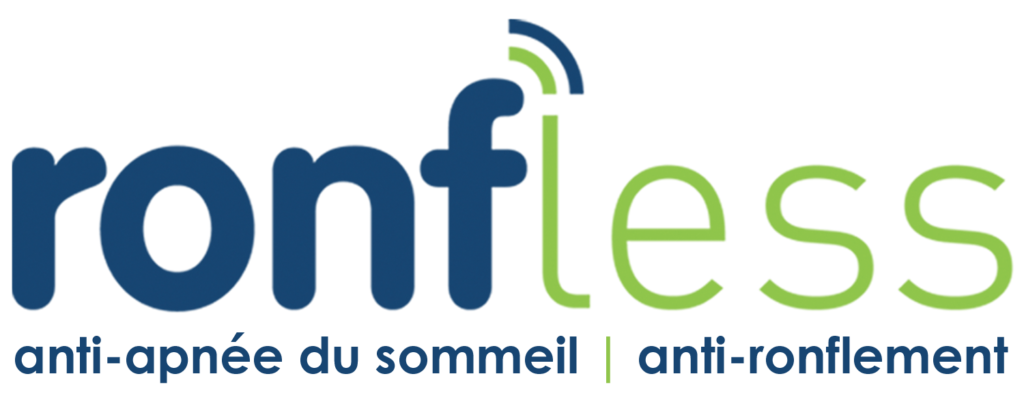We understand that cover letters can impact an editor’s decision to think about your quest paper further. As such, this guide aims to explain (1) why should you care about writing a robust cover letter, (2) what you need to include inside it, and (3) the way you should structure it. The last segment will include a free downloadable template submission cover letter with detailed how-to explanations plus some useful phrases.
Why does a good cover letter matter?
Sadly, we must admit that an element of the process that is decision-making of to just accept a manuscript is based on a small business model. Editors must select articles that may interest their readers. In other words, your paper, if published, must cause them to become money. When it’s not quite clear how your research paper might generate interest based on its title and content alone (for instance, if your paper is too technical for most editors to comprehend), your employment cover letter could be the one opportunity you’re going to get to convince the editors that your particular work is worth further review.
Along with economic factors, many editors make use of the cover letter to screen whether authors can follow basic instructions. For example, if a journal’s guide for authors states that you need to include disclosures, potential reviewers, and statements regarding ethical practices, failure to include these products could trigger the automatic rejection of one’s article, even when your research is considered the most progressive project on the earth! By neglecting to follow directions, you raise a red flag if you’re not attentive to the details of a cover letter, editors might wonder about the quality and thoroughness of your research that you may be careless, and. This is simply not the impression you intend to give editors!
What do I need to include in an employment cover letter?
We can’t stress this enough: Follow your target journal’s guide for authors! It doesn’t matter what other advice you read in the webosphere that is vast make sure you prioritize essay writers the information requested by the editors. Even as we explained above, failure to include required statements will result in automatic rejection.
With that in mind, below is a listing of probably the most common elements you must include and what information you should NOT include:
Essential information:
- Editor’s name (when known)
- Name of the journal to which you are submitting
- Your manuscript’s title
- Article type (review, research, case study, etc.)
- Submission date
- Brief background of the study therefore the extensive research question you sought to answer
- Brief overview of methodology used
- Principle findings and significance to community that is scientifichow your research advances our understanding of an idea)
- Corresponding author contact information
- Statement that the paper is not previously published and is not currently into consideration by another journal and that all authors have approved of and also have consented to submit the manuscript to the journal
Other information commonly requested:
- Short list of similar articles previously published by journal
- Variety of relevant functions by you or your co-authors which were previously published or are under consideration by other journals. You could add copies of the works.
- Mention of any discussions that are prior editor(s) (for instance, if you discussed topic with an editor at a conference)
- Technical specialties necessary to evaluate your paper
- Potential reviewers and their email address
- If needed, reviewers to exclude (this given information is almost certainly also requested elsewhere in online submissions forms)
- Other disclosures/statements required by journal (e.g., compliance with ethical standards, conflicts of great interest, agreement to terms of submission, copyright sign-over, etc.)



